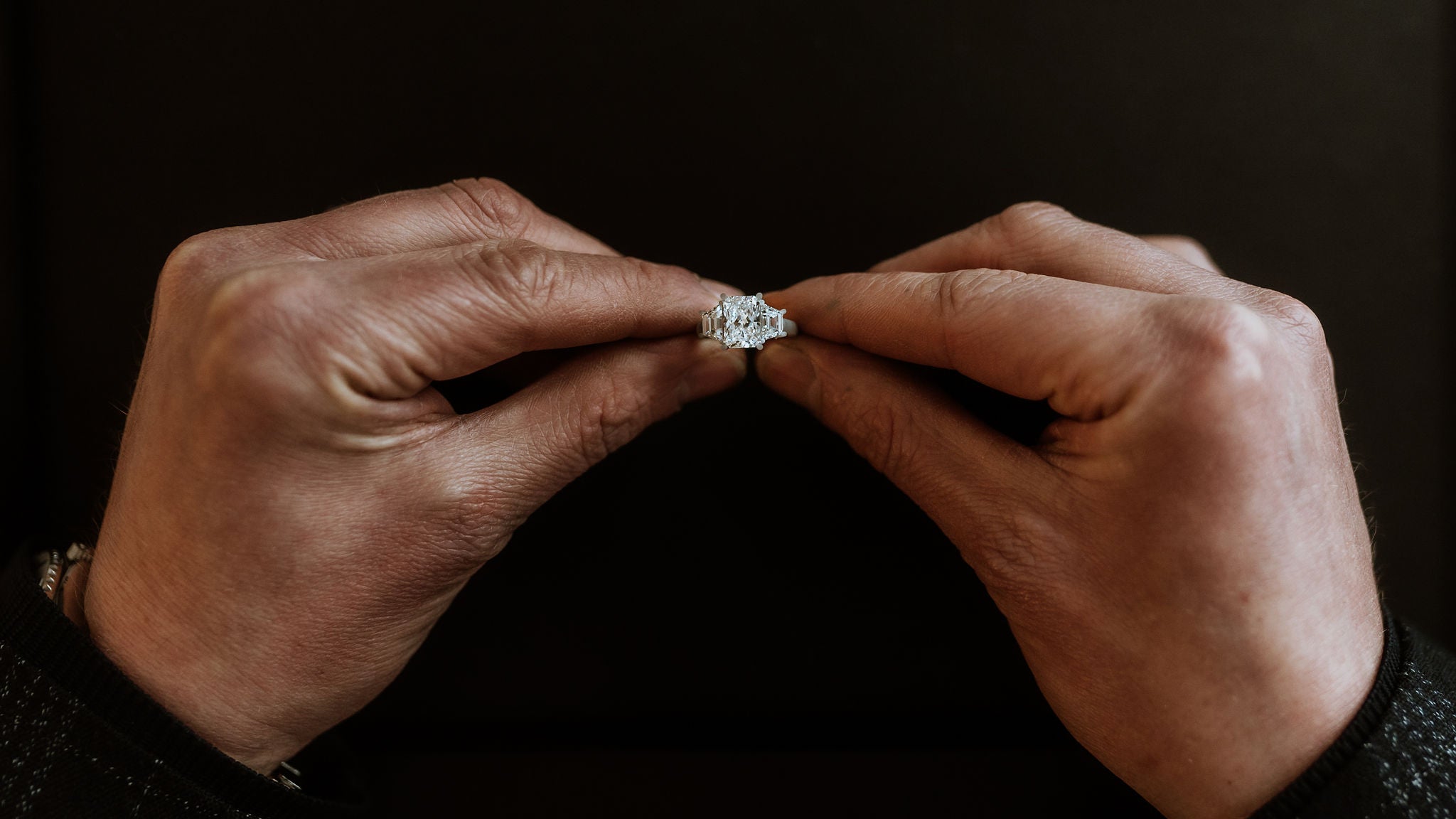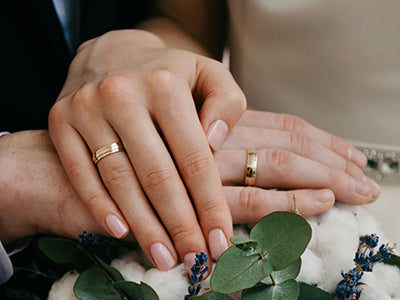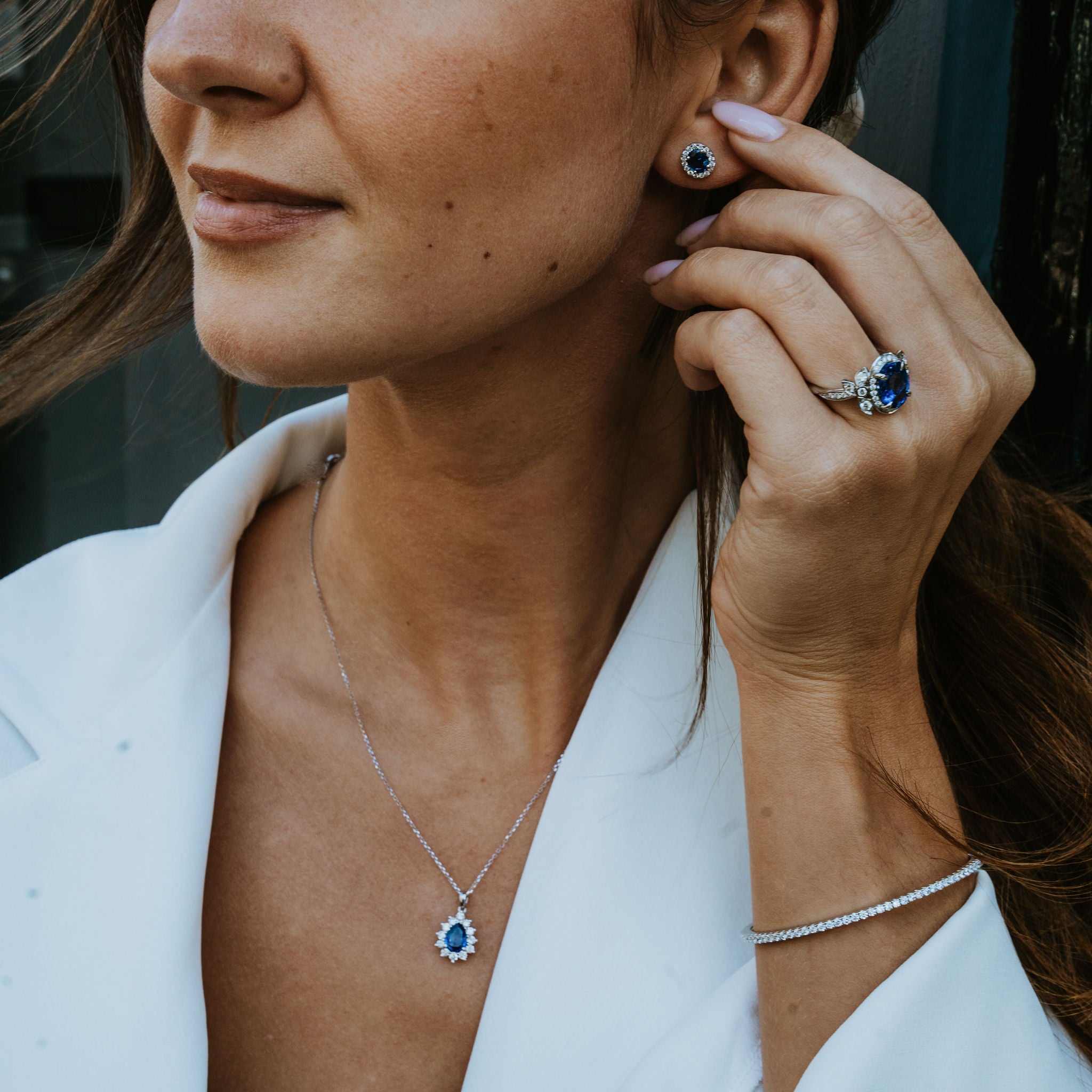 If you have got engaged and are now looking for engagement and wedding rings, you may be considering all sorts of options and designs. This could include different choices of metal or gems, whether to go for one stone, two or three, as well as various possibilities for personalised engravings.
If you have got engaged and are now looking for engagement and wedding rings, you may be considering all sorts of options and designs. This could include different choices of metal or gems, whether to go for one stone, two or three, as well as various possibilities for personalised engravings.
Some of your thinking might concern maintaining traditions. Some of these might be family traditions that involve always going for certain kinds of jewellery or engravings, or you might want to copy some more longstanding customs.
The last of these considerations might get you thinking about the history of jewellery and rings in particular, including the influence the Romans had on them.
What Did The Romans Drop For Us?
Roman rings have certainly been in the news recently after a couple of interesting archaeological finds, both in the UK and overseas, including in a drainage ditch in Lincolnshire.
This particular find, made by an archaeologist, uncovered an unusually-shaped ring with eight sides to it, made from a copper alloy. This kind of design was unusual, although the find is not unique.
Posting on its Facebook page, Wessex Archaeology pointed out this fact as well as the date, which was sometime from 200 AD to the end of the Roman occupation of Britain in 410. The post added: “It has a sturdy, solid appearance and a light brown patina with patches of green.”
The team behind the discovery added: “Thank goodness for our careless ancestors,” speculating that the ring fell off by accident, which may be one tradition that people don’t want to emulate in the present day. However, at the same time, the style is not one most would want on their wedding ring.
A Sacred Sight
Another Roman find may also differ in some ways from modern rings. This find, made not by an archaeologist but serendipitously by a 13-year-old on a hike in northern Israel, is around the same age as the Lincolnshire find or possibly a little earlier, dating from the second or third century.
This ring, which was made of bronze and had corroded as a result, displayed a mysterious engraved figure, which archaeological examination showed to be the Goddess Minerva. This was the same goddess to whom the Roman Baths down in Bath were dedicated.
It is somewhat unlikely that you or your spouse is a worshipper of Roman deities, but the engraving of rings with sacred messages, either religious or carrying another message, is one that clearly has a long history. This is a significant aspect of bespoke jewellery that you may want to consider, as such a message could be something you carry for life.
The Origin Of Engagement Rings
Here in Scotland, it might be considered that Roman influence is just about absent, since attempts to subdue the land north of Hadrian’s Wall proved so unsuccessful (the subsequent Antonine Wall across the central belt was abandoned after 20 years).
However, the influence is not to be found in archaeology, but through the fact that it was the Greco-Roman world where the tradition of engagement and wedding rings started.
It should be acknowledged, of course, that in those times, the concept of romantic love as we would think about it was not part of the culture. Indeed, in an age of arranged marriages, it was a matter of betrothal, signalling that the woman was taken.
The rings, known as ‘anulus pronubus’ were often very simple iron items, less about aesthetics than what they signified.
It is fair to say, therefore, that the recent ring finds, even if they were connected with marriage, were not designed to signify the kind of romantic love that you might want to express. That focus arises from later traditions in Europe from the Renaissance onward, in which the tradition was developed in new ways.
Roman Influence Or Inevitability?
Had it not been for the Romans and their rings, who can say what sort of traditions we might have developed for engagement and marriage? It may well have been some other form of jewellery, or perhaps we would still have ended up with rings, but maybe approaching the topic from a different angle.
Might that have meant, for instance, engagement rings as well as wedding rings for both men and women? Or could it have been that there were wedding rings, but no engagement rings beforehand?
We can but speculate. The world would, of course, have been very different without the Romans. But as you choose engagement and wedding rings or seek a bespoke design, it is fascinating to understand where these traditions originated, not least as it can help you understand the significance of adding your own personal touches.





